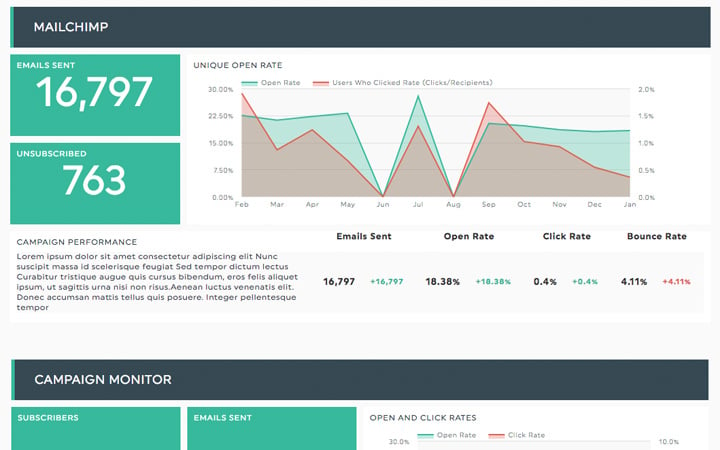What is the email open rate?
The email open rate is an email marketing metric that calculates the total number of emails opened versus the total number of emails sent out from an email campaign. While some eCommerce and digital marketers may overly emphasize the value of the open rate, it doesn’t necessarily indicate a business conversion rate or the value, quality, or success of the email content, itself.
Essentially, it is the email click-through rate (ctr) that reflects the effectiveness of the email subject line. Alongside, you should also measure your unsubscribe rate and your click rates, which are good indications of how well your emails are performing.






